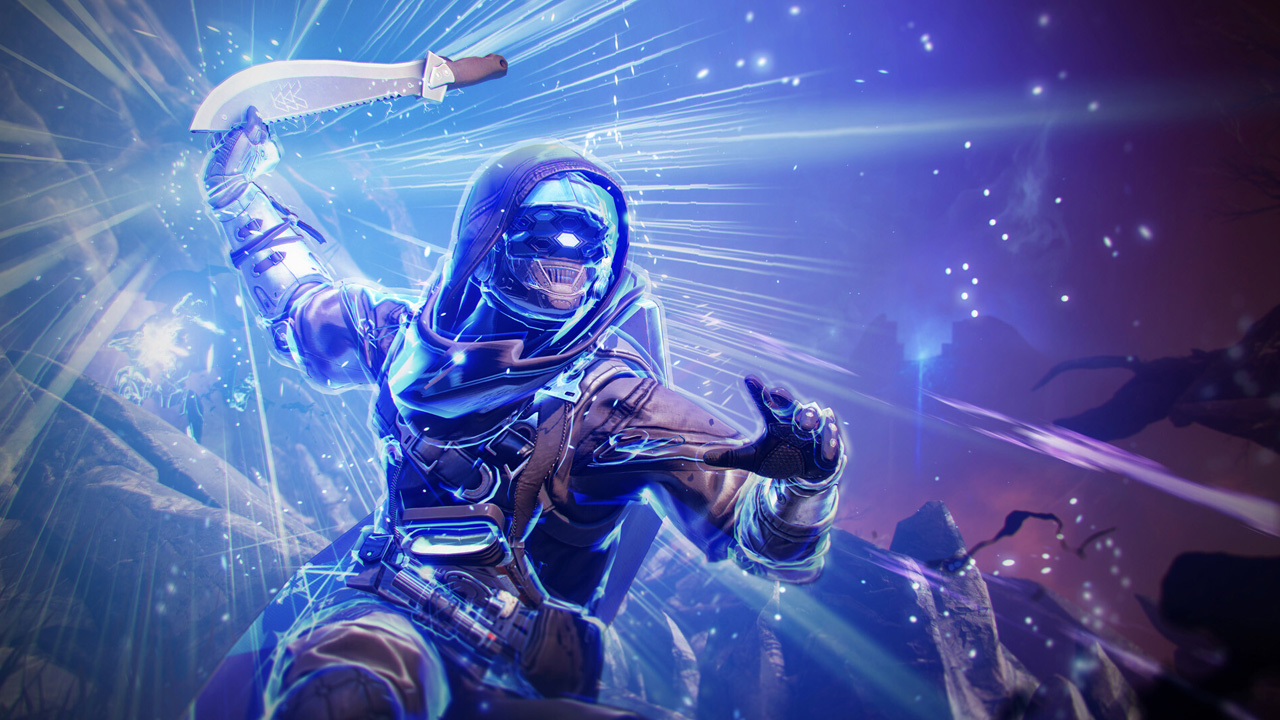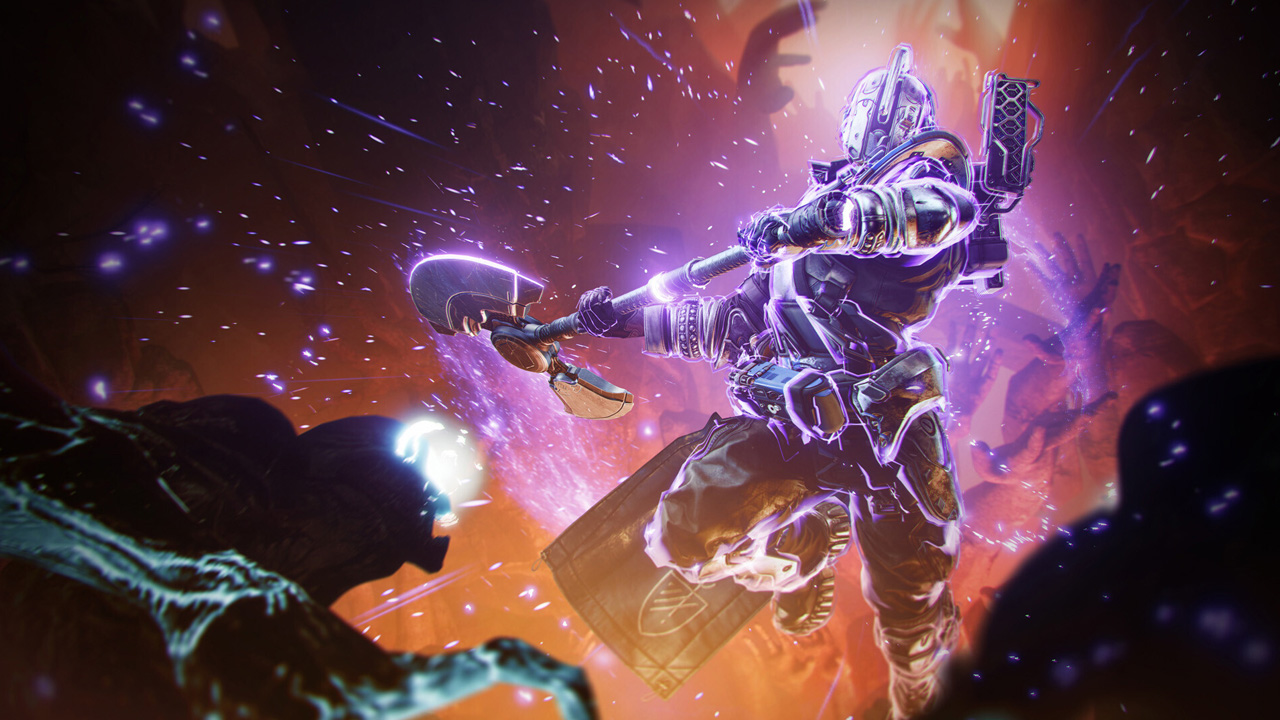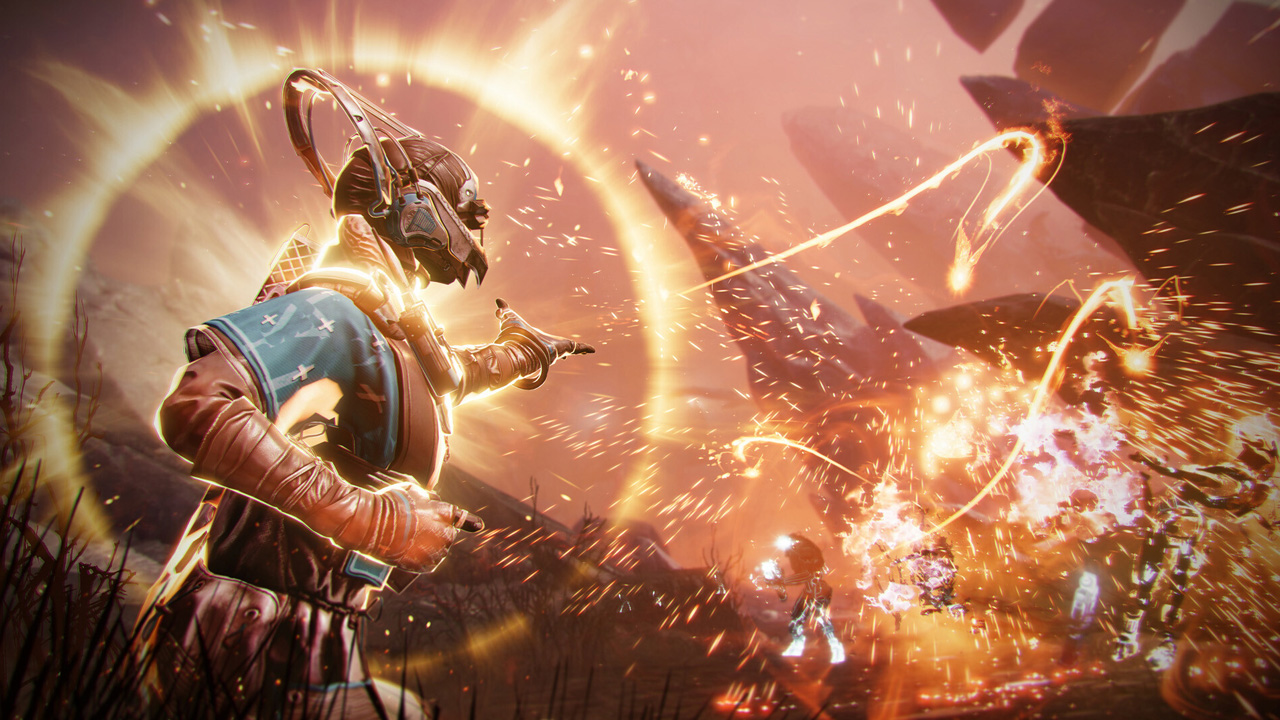Destiny is a series that has become almost renowned for its fluctuations in quality since its debut in 2014. From the agonising lows of the original Destiny and Destiny 2’s launches, as well as the Curse of Osiris and Lightfall expansions, to the ecstatic highs of The Taken King, Forsaken, and The Witch Queen. Developer Bungie have a knack for digging themselves into impossibly deep holes when it comes to their flagship IP, one that most developers would find it hard to escape from. Yet Bungie also seems to have a similar knack for finding some way to weasel their way out of that very same hole. We’ve now reached a culminating point in the Destiny franchise. After ten years of what has been dubbed the “Light and Darkness Saga,” we finally have some semblance of an “ending” with Destiny 2: The Final Shape. After the utter disaster that was Lightfall, Bungie have been under a lot of pressure to stick the landing with their latest expansion. Like many, the cynic within me had doubts they’d be able to pull it off but, thankfully, I was happy to have been proven wrong
The Final Shape immediately hits the ground running, where Lightfall ultimately falters and falls flat on its face. Destiny has never been a series that has particularly nailed its narrative (except for the aforementioned Forsaken and Witch Queen), but the pacing and quality of the story are significantly better here than what was on show with Lightfall. There are no aggravating and tonally deaf characters this time around (I’m looking at you, Nimbus), no Macguffins that we don’t get any clear resolutions to (such as the Veil), and the overall story arc rounds out the Light and Darkness saga in a way that is both satisfying and rewarding for long term players of the game.
The location we’re visiting this time is none other than the interior of the Traveler itself (the giant white orb seen plastered across Destiny marketing material and one of the series’ biggest Macguffins and mysteries since its debut). This location, known as The Pale Heart, is one of the most beautiful locations Bungie have ever crafted for Destiny. It is also one of the most linear, but this somewhat works in its favour, as it promotes the idea of a final journey towards the ultimate confrontation with the big bad of the series, who has finally revealed themselves over the last few years, the Witness.
What starts as a lush and vibrant landscape, highlighted by a base of operations that takes on the visage of the old Destiny 1 tower hub, eventually becomes more and more twisted, unsettling, and grotesque as you journey closer and closer to the Witness’s looming monolith on the horizon. Familiar landscapes and environments like the Cosmodrome and the Cradle on Io are here but are twisted and bent in such a way that what was once familiar becomes alien and unfamiliar. There are a variety of secrets to uncover and puzzles to solve, some of which will lead you to ways that enhance the new (with a few asterisks) subclass, Prismatic.
Prismatic is a subclass that is an amalgamation of all of the previous subclasses we’ve gained and become accustomed to over the years. In an in-game sense, it is a subclass that represents your characters’ mastery over the powers of Light (Arc, Solar, and Void) and Darkness (Stasis and Strand) to the extent that you can now wield them all simultaneously. You are given access to Prismatic within the first thirty minutes of gameplay, and you are immediately let loose with the starter build the game provides you (which you can tweak more to your desire as you uncover more subclass fragments within The Pale Heart). Prismatic also differs from other subclasses due to the ability to “transcend”. Underneath your super meter there are now two more separate meters, one representing the Light and one representing the Darkness. These fill up as you deal damage with Light/Darkness abilities and weapons. When both of these meters fill up, they combine, allowing you to unleash Transcendence, which increases your damage output and gives you access to a Prismatic grenade, which differs depending on which class you are playing. For example, the Titan Prismatic grenade combines Arc and Strand and will suspend targets in place whilst simultaneously jolting them with Arc damage.
Unlike when Strand was introduced in Lightfall, you won’t have this new power constantly teased and taken away from you on a whim. Still, the game does encourage you to use it over your other subclasses for the duration of the campaign of The Final Shape due to the introduction of new enemies who are resistant to all damage except Prismatic (represented with a pink health bar above them).

These enemies come from the legions of the newest faction to appear in Destiny, the Dread. The Dread are composed of the Grim (a flying bat-like creature which can stun you), the Weavers and Attendants (corrupted Psions wielding Strand and Stasis whose job is to put you out of position), the Husk (a close range melee enemy that explodes upon death, sending out a homing projectile), the Harbingers and Subjugators (larger boss-like variants of the aforementioned Weavers and Attendants), and finally the Tormentor (which made its debut in Lightfall) rounds out the composition of the Dread. These new enemies are some of the most aesthetically unique and diverse that we’ve ever seen in Destiny. The Grim in particular is very different, considering its ability to fly, a first for the series. It gives me hope that going forward we may see more diverse offerings of enemies to fight.
As a result of these new additions to the sandbox, combat and gameplay in Destiny 2 feels better than it has ever been. The tools at your disposal are vast, they are diverse, and above all else, they are incredibly fun to use. Weapons and abilities are still the best in the games industry as far as I am concerned. Destiny has always been incredibly polished and sleek in its gameplay department, and The Final Shape takes that gameplay and adorns it with a pretty bow for good measure. My only concern on the gameplay front is, simply put, that our characters have become slightly too overpowered for their own good. Ten years into Destiny has resulted in immense power creep of those same weapons and abilities, and a lot of content has become almost trivial as a result. If a player such as myself (not exactly winning any world’s first raid races) can solo run a Dungeon, a master Nightfall, or even feel bold enough to challenge Grandmaster content that has always been out of reach, then I fear that the sandbox has maybe been tuned a little bit too much.
Maybe this has always been part of Bungie’s grand plan, to make everyone powerful to such a silly degree in order to dial up the fun factor (even they themselves have said that Prismatic has the potential to break the game), and that’s definitely a good way to round out a saga. But I still want to be challenged by the content on the show. You can only explode your way through a Dungeon’s enemies so many times before things begin to get monotonous.

But the fun factor really comes into its own when you get to the very end of the campaign of The Final Shape. The Witness is an enemy that you’ll face not once, not twice, but three times (if you manage to complete the raid). Excision, the final mission of the campaign, opened up immediately after the race for world’s first in the Salvation’s Edge raid concluded. This mission sees you and eleven other Guardians taking the fight to the Witness and finishing the fight with it once and for all with masses of enemies for you to cleave through with the whole sandbox at your disposal. Playing this mission brought every emotion to the forefront. As far as endings go, this one is a good one, and it is bookended by two of the best cutscenes in the franchise’s history.
However, as the culmination of 10 years of live service, The Final Shape is, unfortunately, a wildly inaccessible experience for new players from a narrative perspective. Many of the key moments that led to this (particularly the Forsaken campaign) are no longer in the game. The deaths of Cayde-6 and Uldren Sov, key characters in that expansion, are no longer available to experience unless you look up archived footage on YouTube. This may baffle newer players because both of these characters are alive again in The Final Shape, and their stories are wonderfully tied up and satisfying for long-term players. There are also story beats with other characters, such as Commander Zavala, surrounding his lost wife and son and the torment that still festers within him as a result. None of these moments will hit particularly hard for players who didn’t play a specific season of content over a year ago. It’s very much a case of “you missed out”. The expansion feels like it’s for the long-term fans with little emphasis on new players, which is a shame because I want people to fall in love with this universe as I have, but it’s hard to convince a friend to smash their head against an inaccessible brick wall for hours just to “get to the good stuff”.
The gameplay and missions such as Excision might be Destiny at its best, but once it’s over, it’s back to the monotony of the grind. I feel as though that word could be used to describe this entire saga of Destiny as a whole, honestly. Monotonous. For all the good that Bungie does with the series, for all the highs that they have, they always balance them out with the lows, and Destiny has had and continues to have those lows. It’s still accustomed to the ungodly grinds, the frequent loading into activities to complete objectives such as “Kill (x) amount of enemies”, the egregious monetisation of cosmetics and, most recently with The Final Shape, a transition from four “seasons” of content a year – which players were resoundingly bored of – to three “episodes” of content in 2024/25.

Episodes sounded like a way to freshen things up, do things a little bit differently, gut out what didn’t work and address player feedback. But with the first episode, Echoes, having come and gone and the second episode, Revenant, being in full swing, it very much feels like a messy coat of paint slapped onto the seasonal grind and hastily rebranded as something else. The Final Shape serves as an ending, and the episodes are meant to bridge the gap into the next saga of Destiny. But right now, it’s hard not to feel a little burned out on Destiny.
We know more Destiny is coming with Codename: Frontiers. But after two rounds of mass layoffs at Bungie, multiple projects on the go which have haemorrhaged money, and a very public and notorious amount of mismanagement at the studio by its heads, Destiny burnout has never felt as bad as it does right now. The Final Shape is a spectacular conclusion to the Light and Darkness saga that is drowned by outside factors. Many of the people who poured their souls into making Destiny the success that it was were unceremoniously dumped after the last hurdle.
The Final Shape is a good place, I feel, to finally put the controller down after ten years if you’ve had your fill. It wraps things up nicely, and the franchise could very well have ended right there if it wanted to. But Destiny is a live service game. To an extent, it is THE live service game that started many of the trends, for better and for worse, that we see today in the games industry. It was never going to end, but if you want it to end for you, it can. I’m still curious to see what Destiny has to come, but for now, it’s not going to be at the forefront of my mind. I’ve had my fill, and I think from here on out, there may only be the occasional dipping of the metaphorical toes into the pool to gauge how it feels.
Summary: As it stands, and as much as I love Destiny and The Final Shape, I can’t stand this conclusion and lavish it with praise without looking back at the road we’ve trodden to get here. A road that is ultimately fractious and ridden with hurdles and bumps. There were the high points along the way for sure, but taken as a whole, you cannot ignore those rough parts because they caused lasting wounds. Bungie might have been able to patch up those wounds, but the scars remain visible, and if there’s one thing I’ve learned about the Destiny community over the years, it’s that they don’t easily forgive and forget.